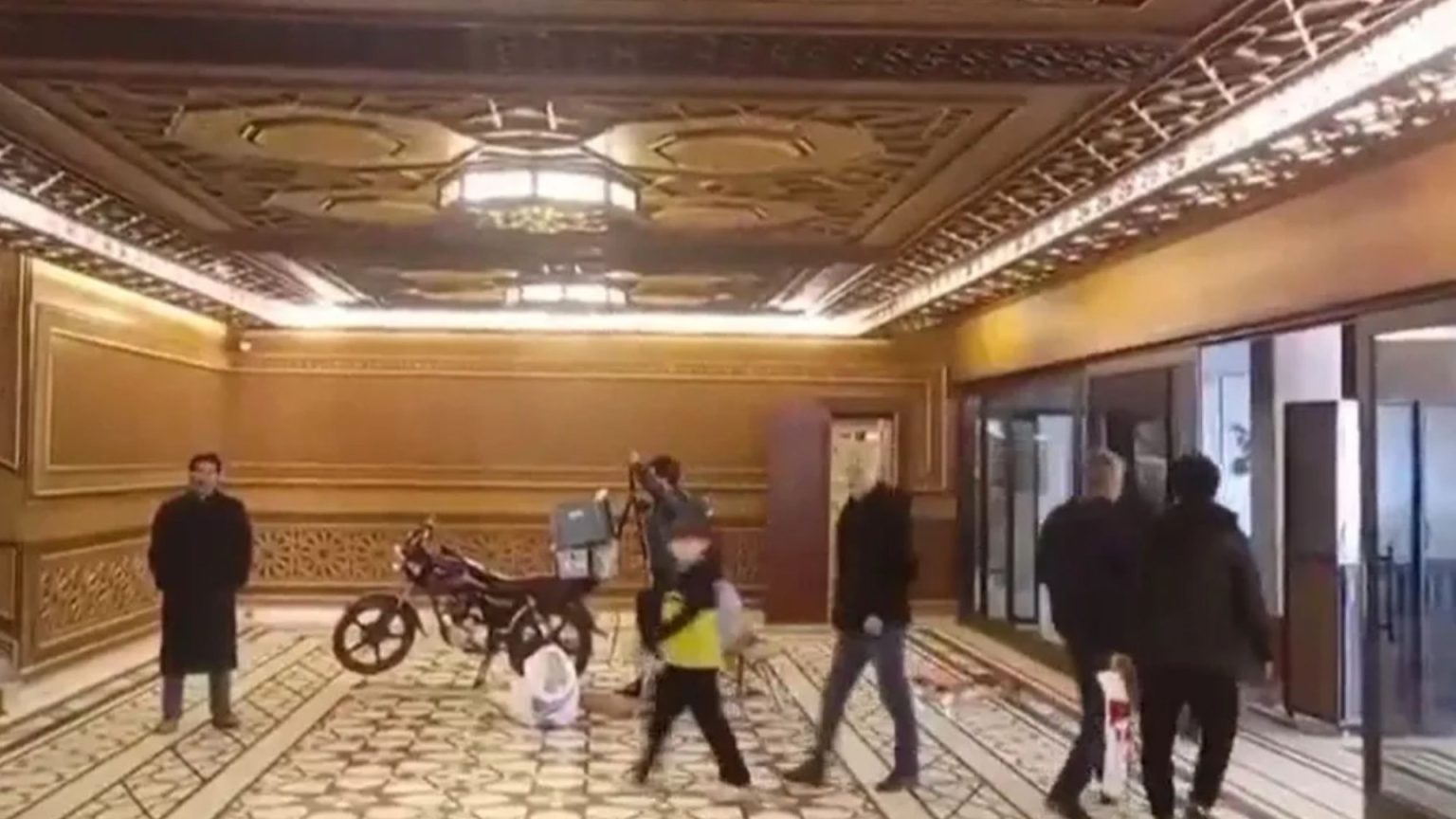The Syrian civil war, a brutal conflict spanning over a decade, erupted in 2011 following a wave of protests against President Bashar al-Assad’s authoritarian rule. Inspired by the Arab Spring uprisings, these initial demonstrations quickly escalated into armed rebellion as security forces responded with violent crackdowns. The opposition, a fragmented coalition of various groups, including secularists, Islamists, and Kurdish militias, garnered support from Western and Arab nations, as well as Turkey, who provided arms and logistical assistance. However, the conflict’s trajectory was significantly altered by the emergence of extremist groups like the Nusra Front, an al-Qaeda affiliate, which further complicated the landscape and undermined the initial goals of the uprising. The international community, deeply divided on how to address the escalating crisis, attempted to broker a political transition through UN-sponsored peace talks in Geneva. Yet, these efforts remained largely fruitless due to conflicting interests among global powers. Meanwhile, Assad’s regime, backed by Russia and Iran, employed brutal tactics, including the use of chemical weapons, to maintain its grip on power.
The conflict descended into a chaotic and multifaceted war involving various regional and international actors. In 2014, the rise of the Islamic State (ISIS), seizing vast territories in both Syria and Iraq, added another layer of complexity to the already volatile situation. This prompted the formation of a US-led international coalition to combat the jihadist group, further entangling foreign powers in the Syrian quagmire. The Kurdish forces, supported by the US, played a crucial role in pushing back ISIS, but their advances also sparked tensions with Turkey, which viewed them as a threat to its national security. Russia’s military intervention in 2015, providing crucial air support to Assad’s forces, marked a turning point in the war, tilting the balance in favor of the regime. The subsequent years witnessed a series of brutal battles, including the devastating siege of Aleppo in 2016, which resulted in a significant victory for Assad and his allies.
Despite the territorial gains made by the regime, the underlying tensions and fragmentations within Syria persisted. The Nusra Front, rebranding itself as Hayat Tahrir al-Sham (HTS), continued to operate in the northwestern province of Idlib, while Kurdish forces maintained control over northeastern Syria. The involvement of regional powers, such as Hezbollah, backed by Iran, and Turkey, supporting various rebel groups, further exacerbated the conflict. Israel, concerned about the growing influence of Iran and its proxies in Syria, conducted numerous airstrikes targeting Hezbollah positions. By 2018, the Syrian army, bolstered by Russian airpower and Iranian-backed militias, had recaptured most of the major urban centers, including Eastern Ghouta and Deraa, pushing the rebels into a shrinking pocket of territory in the northwest.
The defeat of ISIS in 2019, while a significant development, did not bring an end to the conflict. The US maintained a limited military presence in northeastern Syria to support the Kurdish-led Syrian Democratic Forces (SDF), further complicating the already intricate web of alliances and rivalries. A ceasefire agreement brokered by Russia and Turkey in 2020 froze the front lines, with Assad controlling most of the country but facing ongoing challenges from various armed groups. The country remained deeply fragmented, with the northwest held by rebels, a border strip controlled by a Turkish-backed force, and the northeast under the control of Kurdish-led forces.
The precarious stability achieved in 2020 proved to be short-lived. The Hamas attack on Israel in October 2023 triggered a chain reaction of events that ultimately led to the downfall of the Assad regime. The ensuing conflict between Israel and Hezbollah in Lebanon significantly weakened the Iranian-backed group, which had been a crucial pillar of support for Assad. This weakening, coupled with the continued presence of rebel forces in the northwest, created an opportunity for a renewed offensive against the regime.
Capitalizing on the shift in the regional balance of power, rebel forces launched a major assault on Aleppo in 2024. With Assad’s allies preoccupied with other conflicts and his military depleted, the regime’s defenses crumbled rapidly. In a matter of days, the rebels recaptured Aleppo and other major cities, culminating in the fall of Damascus and the ousting of Assad from power. The sudden collapse of the regime, after years of brutal conflict, marked a dramatic turning point in the Syrian civil war, though the long-term stability and future governance of the country remained uncertain. The legacy of the conflict, marked by widespread destruction, displacement, and human rights abuses, will continue to shape the region for years to come.


